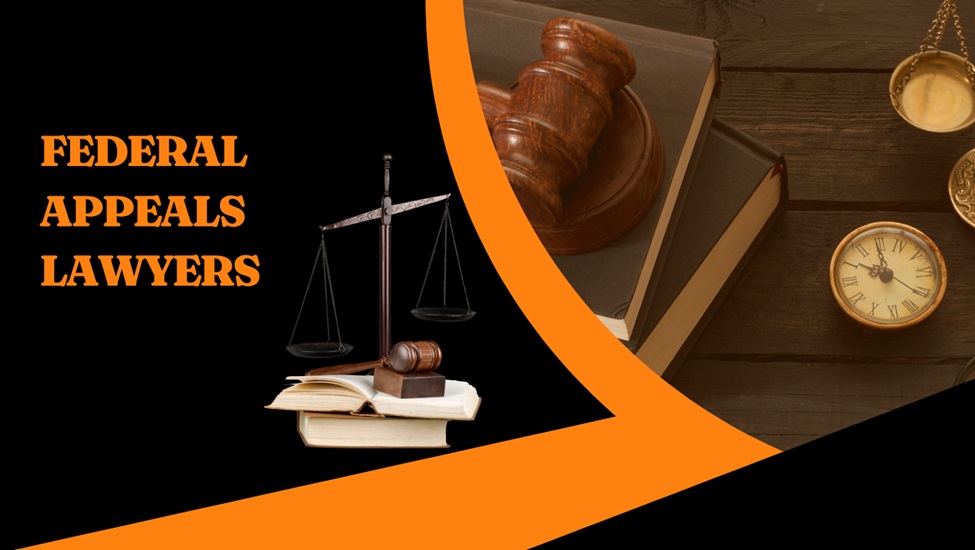Post-conviction lawyers frequently experience the challenge of introducing new evidence in an appeal case. This strategic overview examines the crucial stages and considerations associated with this process, highlighting the importance of meticulousness, believability, and effective presentation.
Understanding the Context:
Right off the bat, it’s essential to comprehend the context where the new evidence is being introduced. This incorporates reviewing the first trial, identifying legal errors or holes in the evidence, and evaluating the impact of the new evidence on the case. This careful comprehension allows the lawyer to approach the new evidence inside the more extensive story of the case, showing how it fills holes or remedies misconceptions.
Thoroughness in Investigation:
The appellate attorneys should conduct an exhaustive investigation to assemble new evidence. This might include re-meeting witnesses, getting expert opinions, or obtaining new archives or forensic evidence. The objective is to reveal any information that might actually change the outcome of the case. This painstakingness guarantees that no stone is left unturned in the quest for new evidence that could end up being useful to upset the first decision.
Credibility of the Evidence:
The validity of the new evidence is foremost. It’s essential to verify the unwavering quality of witnesses, the precision of reports, and the legitimacy of any scientific or forensic examination. An absence of validity can subvert the effectiveness of the new evidence.
Demonstrating the believability of the evidence frequently includes confirming observer statements, guaranteeing that archives are appropriately validated, and introducing scientific evidence from legitimate sources.
Strategic Presentation:
Introducing new evidence strategically is crucial. This includes coordinating the evidence in a reasonable and convincing way, highlighting its pertinence to the case, and expecting potential counterarguments. Effective presentation can significantly impact the court’s perception of the evidence.
This strategic presentation frequently includes making a story that attaches the new evidence to the more extensive subjects of the case, using visual aids to make complex information more open, and rehearsing convincing talking methods.
Legal Standards and Procedures:
Post conviction lawyers should comply with legal norms and strategies when introducing new evidence. This incorporates guaranteeing that the evidence is permissible, significant, and not acquired through illegal means. Inability to fulfill these guidelines can prompt the evidence being avoided from consideration.
Understanding these legal guidelines frequently includes consulting with experts in the important fields, exploring case law to comprehend how comparative evidence has been treated before, and expecting potential objections from the prosecution.
Impact on the Case:
The new evidence’s potential impact on the case should be painstakingly considered. The appellate attorneys ought to evaluate how the evidence reinforces the guard, subverts the prosecution’s case, or raises questions about the first decision.
This investigation decides the best way to deal with introducing the evidence. This evaluation frequently includes consulting with different individuals from the legal group, remembering experts for the significant fields, to foster a far reaching strategy for introducing the evidence.
Appeal Process and Outcomes:
The appeal process can shift contingent upon the jurisdiction and the idea of the case. The appeal lawyers should be know about the significant laws and systems, including cutoff times for filing appeals, the extent of appellate review, and potential outcomes. This information directs their strategy for introducing new evidence.
This commonality frequently includes exploring the specific principles and strategies that apply to the appellate court in question, consulting with different lawyers who have insight in that court, and preparing for potential outcomes.
Potential Challenges and Considerations:
Post-conviction lawyers should likewise be ready to address potential challenges and considerations when introducing new evidence. This incorporates expecting objections from the prosecution, preparing answers to potential counterarguments, and being prepared to make sense of the significance and believability of the evidence.
Additionally, post-conviction lawyers should be ready to explore the emotional and psychological aspects of introducing new evidence, especially if it includes delicate or awful topic. This might include offering emotional help to witnesses or clients, guaranteeing that they feel good and protected during the procedures, and being delicate to their necessities and concerns.
Ongoing Communication and Collaboration:
During the process of introducing new evidence, appeal lawyers should keep up with ongoing communication and collaboration with their clients, witnesses, and different individuals from the legal group. This incorporates keeping clients educated about the advancement regarding the case, consulting with witnesses to guarantee their testimony is precise and consistent, and working intimately with different lawyers to foster a durable strategy.
Effective communication and collaboration assist with guaranteeing that everyone included is in the same spot and that the case is introduced in the most effective and powerful way conceivable.
Final Word
In conclusion, introducing new evidence in an appeal case requires a strategic methodology. Post-conviction lawyers should conduct a careful investigation, guarantee the believability of the evidence, and present it effectively. Sticking to legal principles and understanding the impact of the evidence on the case are additionally crucial.
Brownstone Law Appeal Lawyers are known for their expertise in post-conviction matters, making them a significant asset in exploring the intricacies of introducing new evidence in an appeal case.

